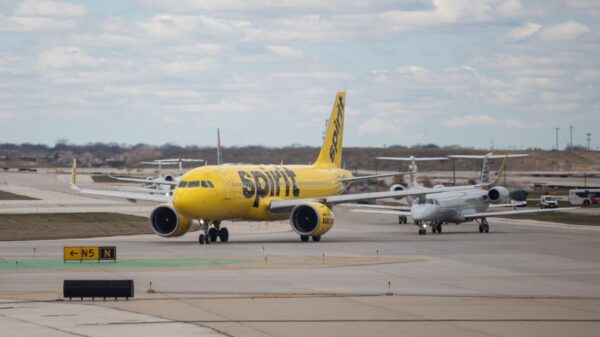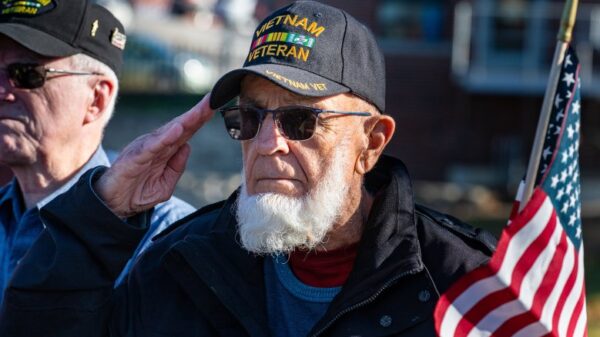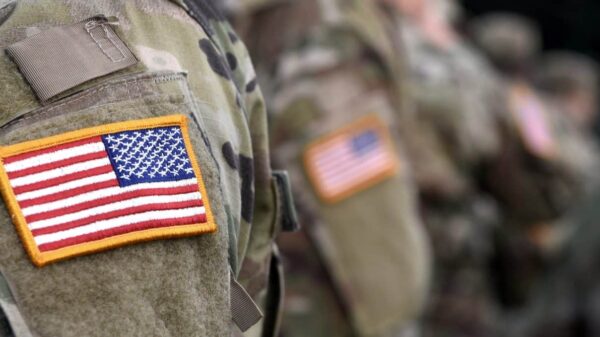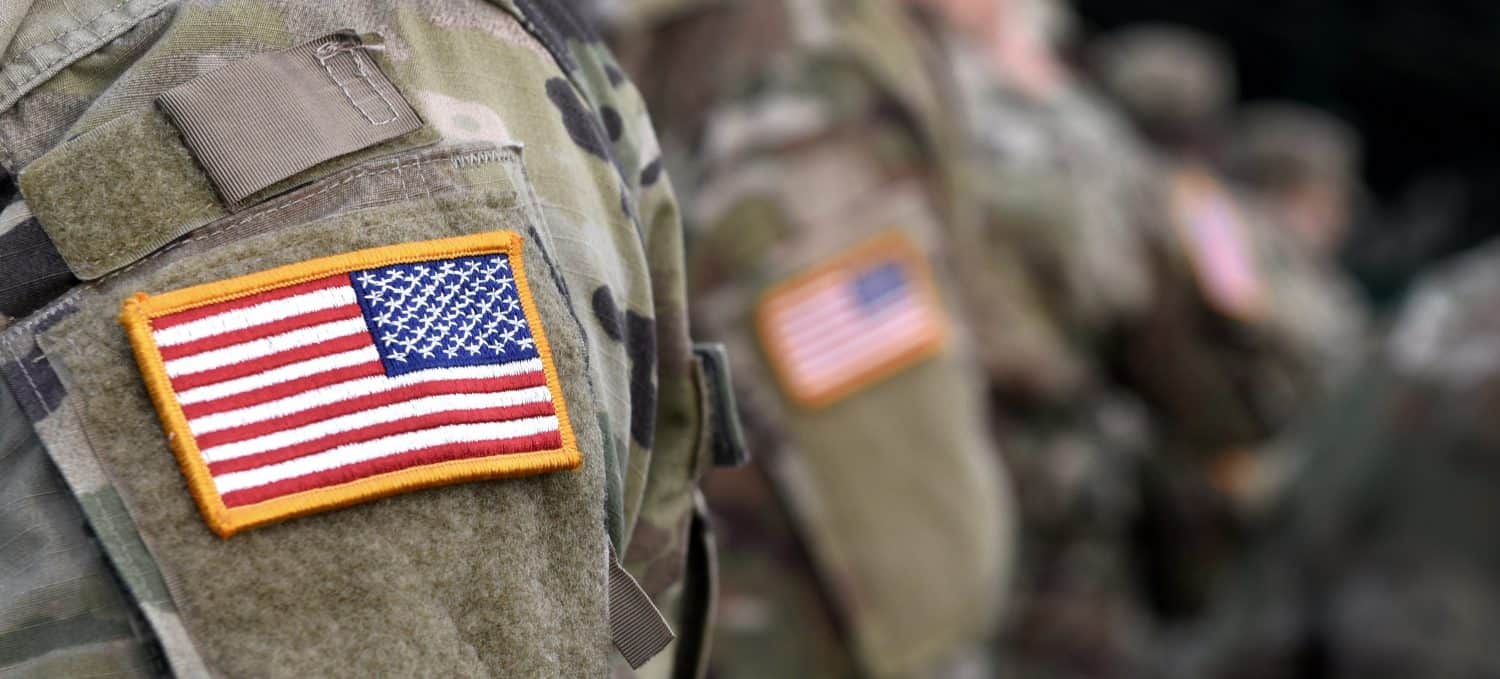On the 249th birthday of the U.S. Marine Corps, the aviation branch showcases a diverse fleet of aircraft that underscores its historical legacy and modern capabilities. From pivotal roles in World War II to current operations in various global conflicts, Marine aviators have continually adapted to meet evolving challenges. The Corps currently operates a total of 122 F-35B/C Lightning II aircraft, which were introduced in 2016 as state-of-the-art multirole stealth fighters.
The most extensive fleet belongs to the MV-22 Osprey, with 310 active aircraft that blend helicopter versatility with turboprop efficiency. Marine Corps aviation encompasses a range of aircraft types, from the venerable KC-130 Super Hercules, which has been in service since 1962, to the latest addition, the CH-53K King Stallion, introduced in 2018.
Understanding Marine Corps Aviation Capabilities
The detailed inventory of the Marine Corps’ aircraft offers insights into its expeditionary defense strategies and joint military capabilities. Familiarity with this arsenal illuminates the Corps’ unique ability to project power rapidly and operate effectively in diverse environments. The combination of tactical flexibility and logistical reach enables the Marine Corps to execute operations ranging from amphibious assaults to close air support.
The current aircraft include several notable models that exemplify the Corps’ commitment to maintaining operational dominance. The CH-53K King Stallion serves as a heavy-lift transport helicopter, capable of carrying over 36,000 pounds while featuring advanced fly-by-wire controls. With a top speed of 196 mph, its capabilities are critical for moving troops and equipment in support of various missions.
Another significant aircraft, the F-35B/C Lightning II, boasts a top speed of 1,199 mph. This fifth-generation multirole stealth fighter is equipped with an array of armaments, including missiles and guided bombs. Its introduction has revolutionized marine aviation, making the F-35 the most widely used stealth jet in history.
Key Aircraft in the Marine Corps Fleet
The following highlights represent some of the pivotal aircraft in the Marine Corps’ operational arsenal:
– **AH-1Z Viper**: This twin-engine attack helicopter entered service in 2010 and features advanced capabilities for close air support. With 178 active units and a top speed of 255 mph, it is armed with various missiles and a 20mm cannon.
– **MV-22 Osprey**: Known for its tiltrotor design, the Osprey combines the features of a helicopter and a turboprop aircraft. With 310 active units introduced in 2007, it can reach speeds of 316 mph and is utilized for a range of missions, including troop transport and humanitarian assistance.
– **C-130 Super Hercules**: This versatile aerial tanker and transport aircraft has been operational since 1962. With 74 active aircraft and a top speed of 416 mph, it plays a crucial role in medevac and logistics.
– **C-12 Huron**: Introduced in 1974, the C-12 serves as a special mission aircraft with a unique adaptability that allows it to perform various roles effectively. It boasts a top speed of 332 mph and continues to be a reliable asset.
The impressive composition and technological advancements of the Marine Corps’ aircraft fleet demonstrate its ongoing commitment to operational readiness and effectiveness. Each aircraft serves a distinct purpose, ensuring that the Corps remains capable of addressing various challenges in a rapidly changing global landscape.
As the Marine Corps approaches its milestone 250th anniversary, the critical role of its aviation assets will continue to define its operations, enabling the organization to adapt to new threats and maintain its legacy of excellence in service.





































































